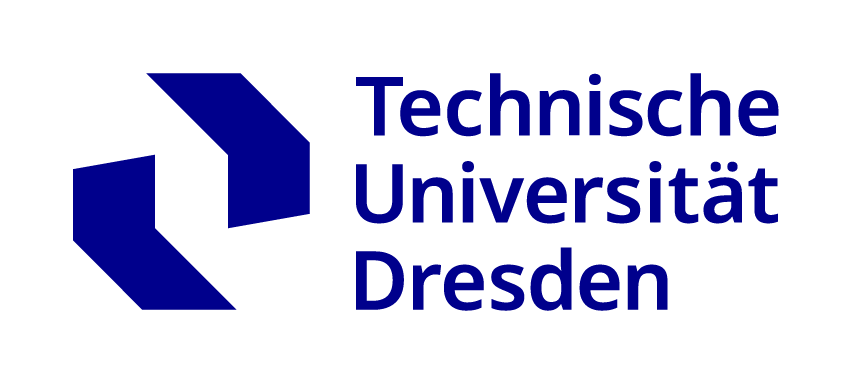Chair of Theoretical Atomic and Molecular Physics (TAM) (Professorship)
Parent Units:Technische Universität Dresden (TUD)
German name: "Professur für Theoretische Atom- und Molekülphysik (TAM)".
Contact
| web: | https://tu-dresden.de/mn/physik/itp/tam | |
| email: | ||
| phone: | +49 351 463-33846 | |
| fax: | +49 351 463-37297 | |
| postal address: | Technische Universität Dresden (TUD), Chair of Theoretical Atomic and Molecular Physics (TAM), 01062 Dresden, Germany | |
| office address: | Technische Universität Dresden (TUD), Chair of Theoretical Atomic and Molecular Physics (TAM), Zellescher Weg 17 (Room A110), 01069 Dresden, Germany | |
| partner: | Technische Universität Dresden | |
Expertise
In der Professur beschäftigen wir uns mit der Dynamik in endlichen atomaren Vielteilchensystemen.
Dabei interessieren uns insbesondere die laserinduzierte Dynamik in Atomen, Molekülen und Clustern als auch molekulare Kollisionen.
Forschung
- Entwicklung zeitabhängiger ab-initio Theorien für die Dynamik in endlichen atomaren Vielteilchensystemen
- Entwicklung semiklassischer Theorien für Quantensysteme
- Semiklassische Wellenpaketdynamik
- Laserinduzierte Dynamik in Atomen, Molekülen und Clustern
- Kollisionen mit Molekülen und Clustern
Mehr zum Thema: NA-QMD: Non-Adiabatic Quantum Molecular Dynamics
***********English***********
Our work group investigate the dynamics of finite many-particle systems.
In particular, we are interested in the laser-induced dynamics of atoms, molecules and clusters as well as in the dynamics of molecular collisions.
The Non-adiabatic Quantum Molecular Dynamics (NA-QMD) is an ab initio method to describe the combined dynamics of excited electrons and nuclei in finite atomic many-body systems. This method has been developed, permanently extended and applied by us during the last years.
The approach is based on classical molecular dynamics for the nuclei self-consistently coupled with time-dependent density functional theory for the electrons. When electronic excitations are switched off, the NA-QMD formalism reduces to its adiabatic limit called Quantum Molecular Dynamics (QMD).
Recently, the NA-QMD theory has been considerably extended to include also quantum effects in the nuclear motion by combining the formalism with trajectory surface hopping: NA-QMD with hopping (NA-QMD-H).
The numerical implementation of QMD, NA-QMD and NA-QMD-H, which is called DyMol, is based on a basis expansion of the electronic Kohn-Sham functions and allows the simultaneous description of all electrons, e.g. strongly bound core electrons, weakly bound valence electrons and free electrons. Another advantage of the basis expansion is the freedom to trade accuracy against computational effort by using different basis sizes. Currently available exchange-correlation functionals are the exact Hartree-Fock exchange, L(S)DA, LDA, and (for the electronic groundstate) LDA with self interaction correction.
QMD, NA-QMD and NA-QMD-H allow to study the structure and dynamics of atomic, molecular and cluster systems in a wide range of scenarios.
Affiliations
Parent Units
| name | type | actions |
|---|---|---|
| Institute of Theoretical Physics (ITP) | Institute |
Last Update
Last updated at: 2017-08-02 13:02 CEST

